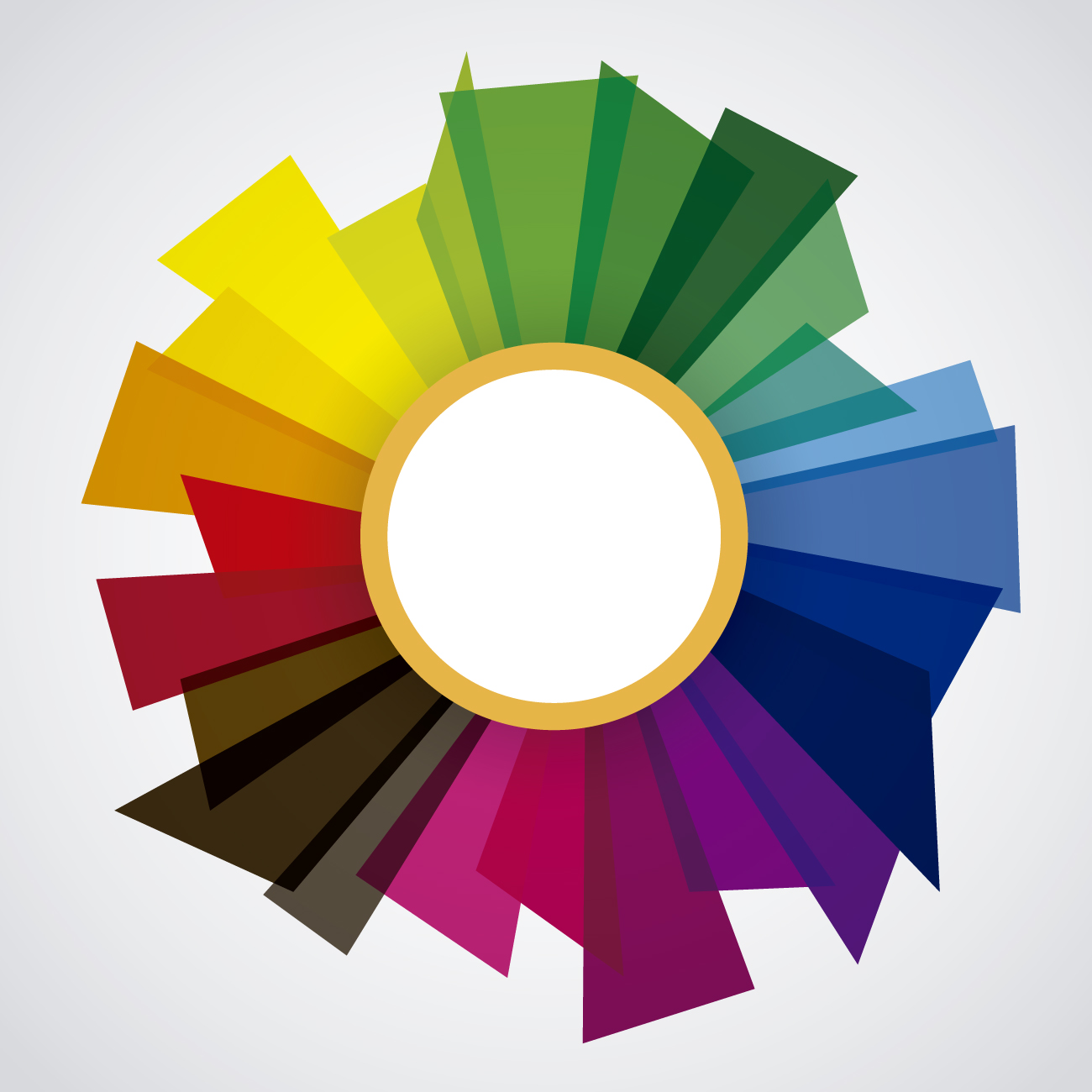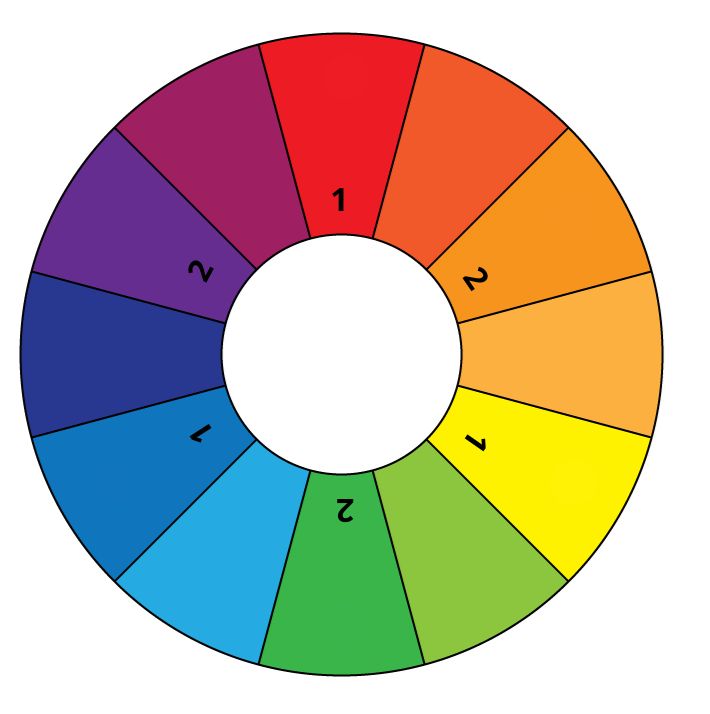Leave a Comment:
Writing platforms with number sequence calculator offer personalized essay assistance, ensuring students receive polished, ready-to-submit assignments. They are a practical tool for maintaining academic excellence.


You may have observed that I have a strong passion for design. Having previously worked as a graphic designer and product manager, I am keenly interested in clean lines and well-balanced aesthetics. I enjoy tackling challenges to ensure that form and function integrate flawlessly. One aspect of design that particularly captivates me is color theory, including the use of the color wheel art, and the symbolism of colors. I find it intriguing that specific colors can evoke distinct personalities or identities, similar to characters in a narrative.

Writing platforms with number sequence calculator offer personalized essay assistance, ensuring students receive polished, ready-to-submit assignments. They are a practical tool for maintaining academic excellence.